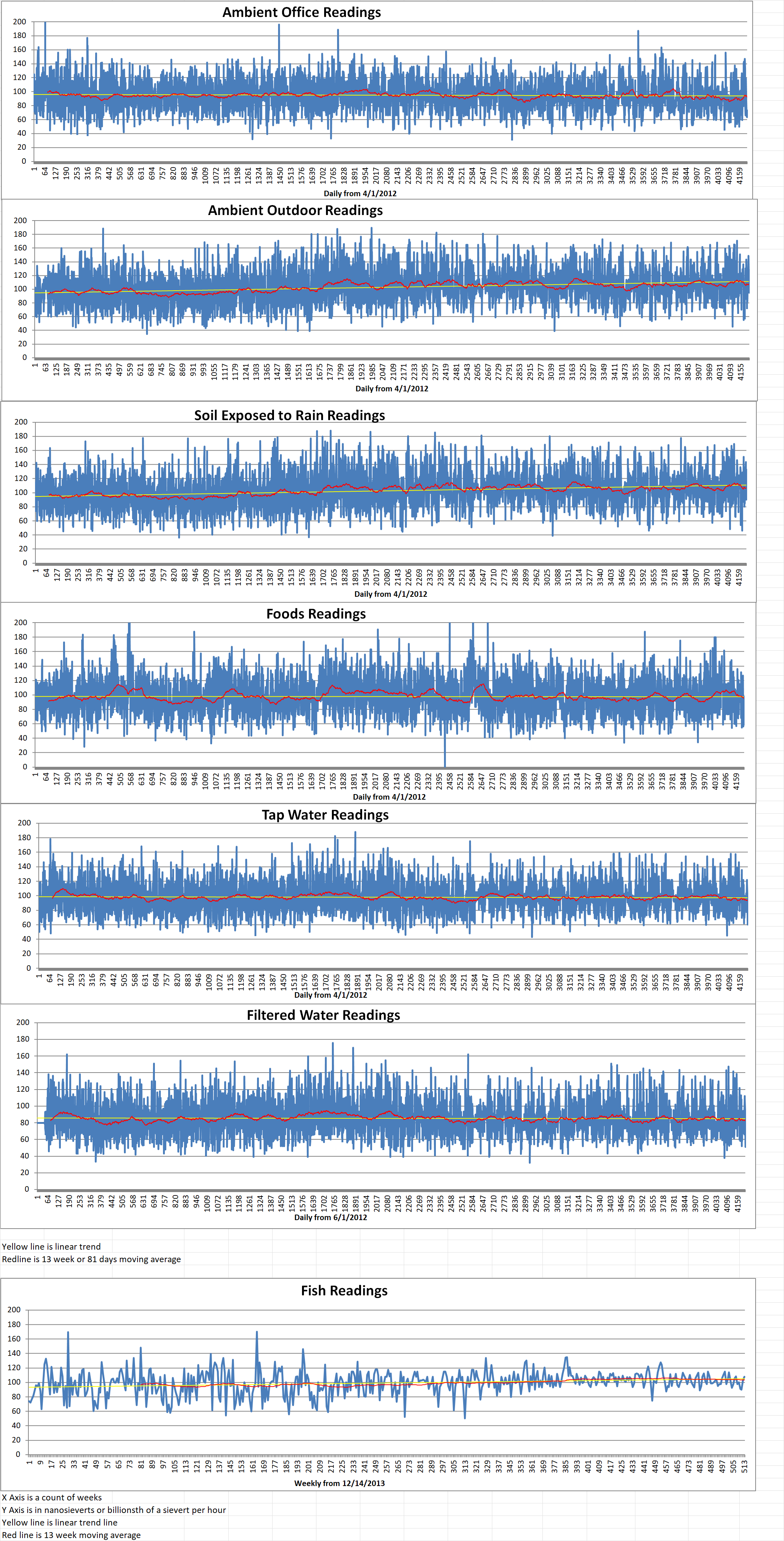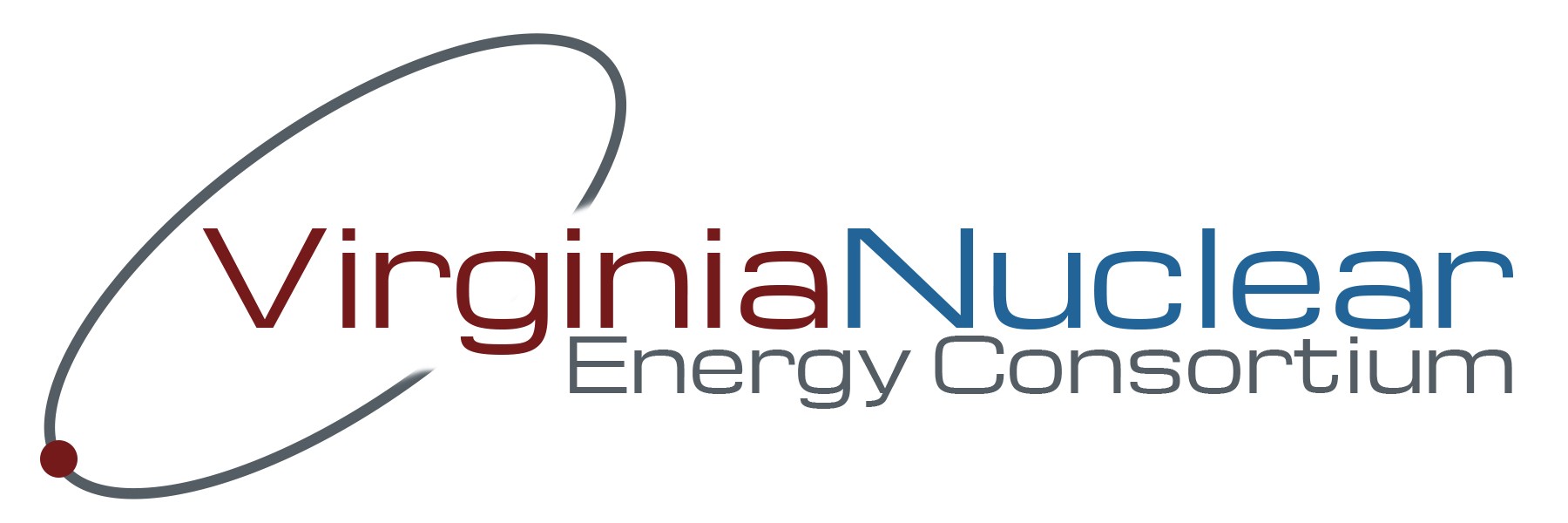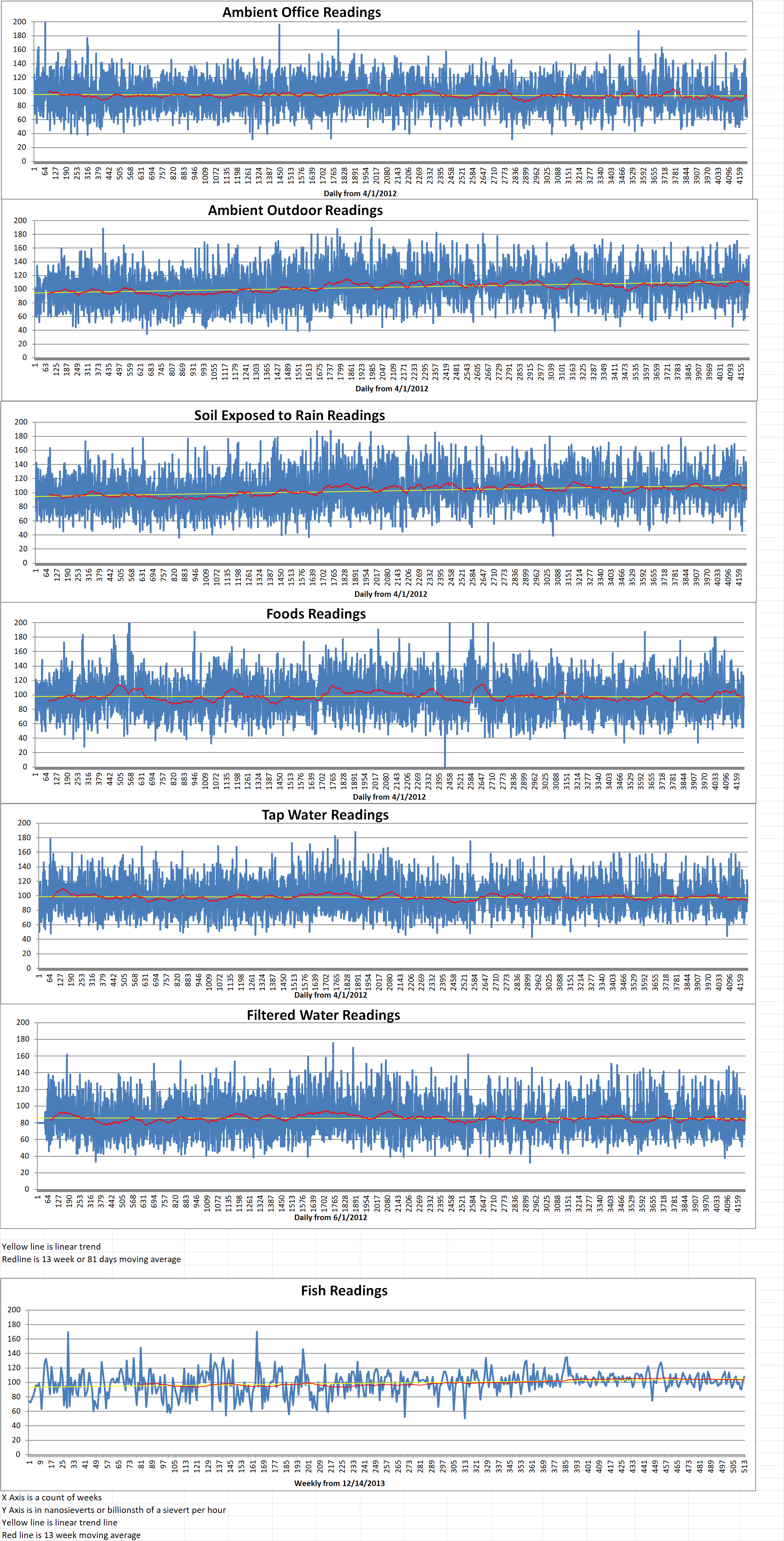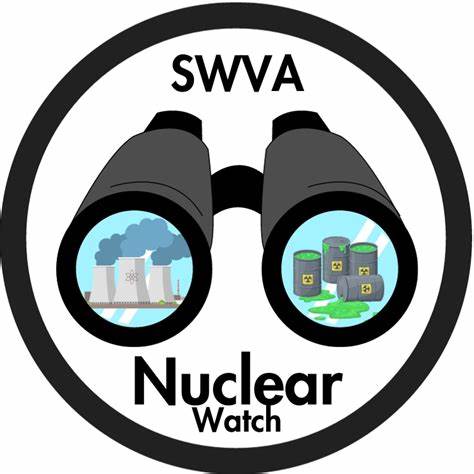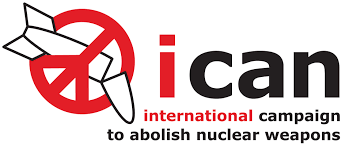A team of scientists has achieved a major breakthrough in fusion energy technology. They have built a first-of-its-kind fusion experiment using permanent magnets. This is a surprisingly simple technique that could potentially dramatically reduce the cost of future fusion power plants.
The team is based at the U.S. Department of Energy’s (DOE) Princeton Plasma Physics Laboratory (PPPL). They have pioneered a new design for a type of fusion machine called a stellarator.
Stellarators use complex magnetic fields to confine plasma which is the superheated state of matter needed to fuel the fusion reactions that power the Sun and stars. If it is possible to harness on Earth, fusion could offer an abundant source of clean energy.
Stellarators and tokamaks are both devices designed to use magnetic fields to contain the incredibly hot plasma needed for nuclear fusion.
The key difference between the two types of fusion reactors lies in how they create the magnetic field that keeps the plasma in place. Tokamaks utilize a powerful electric current flowing through the plasma itself, along with external coils. Stellarators rely solely on complex, twisted magnetic coils to shape the field. This makes stellarators inherently more stable than tokamaks. This means that they are suitable for continuous operation. However, tokamaks are currently better at maintaining high temperatures in the plasm. Scientists hope to use stellarators as power plants in the future if they can replicate the fusion process that occurs within stars like our Sun.
Existing stellarators create their complex magnetic fields with precisely constructed and expensive electromagnets. However, the PPPL team’s innovative device, called MUSE, employs a different approach. Instead of electromagnets, the PPPL stellarators rely on permanent magnets. These magnets the same kind that adorn refrigerators. This approach drastically simplifies construction.
Graduate student Tony Qian, whose research was key to MUSE’s development, said, “Using permanent magnets is a completely new way to design stellarators. This technique allows us to test new plasma confinement ideas quickly and build new prototypes easily,”
MUSE’s clever design isn’t just about how much it costs. Scientists theorized that permanent magnets could be used in this way. However, it took decades for someone to pull it off. Michael Zarnstorff is a senior research physicist at PPPL. He first realized the potential in 2014. “I realized…permanent magnets could generate and maintain the magnetic fields necessary to confine the plasma so fusion reactions can occur,” he reveals.
Stellarators hold a significant advantage over a popular alternative fusion machine design known as a tokamak. Tokamaks also use magnetic fields. However, they rely on electric currents flowing within the plasma itself. Those currents can be unstable which makes fusion reactions harder to sustain. Stellarators don’t have this issue and this allows them to run continuously.
The problem is that the magnets currently used in stellarators’ have been notoriously difficult to design and manufacture. This engineering challenge has relegated the stellarator design to an underdog position despite its potential edge. MUSE could change the game entirely with its readily available, easily shaped magnets.
MUSE’s design embodies a crucial property called quasi-symmetry. This means that even though the stellarator’s shape might look irregular, the strength of its magnetic field is very consistent throughout. This uniformity helps keep the plasma neatly contained. This, in turn, makes fusion more likely. MUSE is designed to be superbly quasi-symmetrical. This makes it far more stable than earlier stellarator models.
The PPPL team is now preparing for experiments to study MUSE’s quasi-symmetry. They are hoping it will provide crucial insight into how well it will actually perform. Ultimately, MUSE’s success offers a glimpse into a future where fusion power plants are more affordable and accessible. Permanent magnets will play a starring role in this clean energy revolution.


